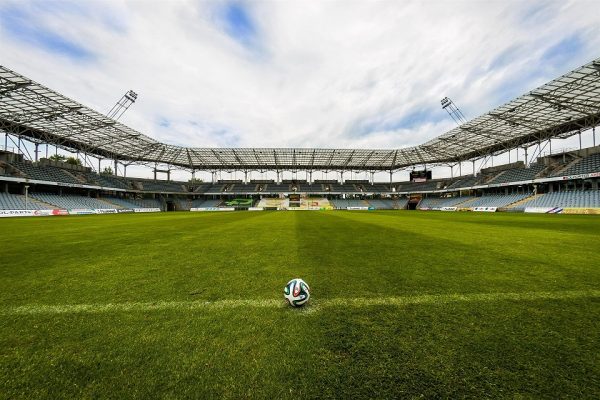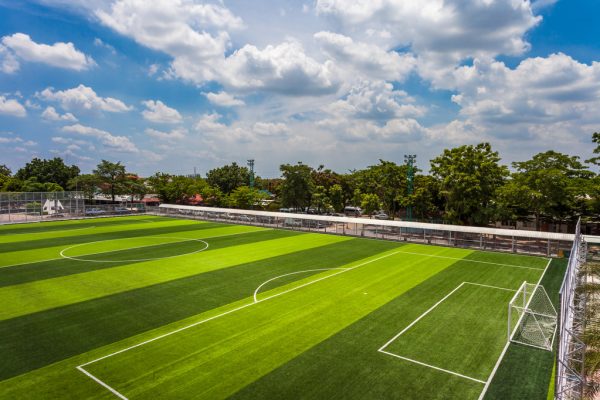What is the static and color difference in the artificial lawn?
Static and color difference are common concerns in artificial lawns, affecting both appearance and performance. Understanding these issues helps ensure better lawn maintenance and selection.
Static in Artificial Lawns
Static occurs due to friction between grass fibers and movement, common in dry environments. It causes grass blades to clump, ruining the lawn’s uniform look. For functional areas like putting greens, this disrupts ball movement. Static also attracts dust, harming respiratory health, and may deliver mild electric shocks, especially to children.
Solutions include antistatic sprays that reduce surface resistance, needing regular reapplication in dry areas. Humidification via indoor humidifiers or outdoor misters increases moisture to dissipate static, though over-watering risks mold. Grounding systems with copper wires and rods safely channel static into the ground, standard in large installations like stadiums.
Color Differences in Artificial Lawns
Color variations stem from manufacturing, environment, and maintenance. Batch differences arise from production temperature, equipment condition, or raw material quality. Inconsistent dye mixing or fiber thickness variations during extrusion also cause uneven coloring.
Environmental factors play a role: UV rays fade colors, with lighter shades fading faster in sunny regions. Chemicals like cleaners or pollutants react with dyes, altering hues. Weathering from temperature swings and rain worsens fading, especially in harsh climates.
Installation errors, like misaligned grass rolls, create light reflection differences. Poor maintenance, such as infrequent cleaning, leads to dirt buildup and dullness, while unbrushed blades cause uneven light interaction. Addressing these factors ensures artificial lawns retain their appeal and functionality.



